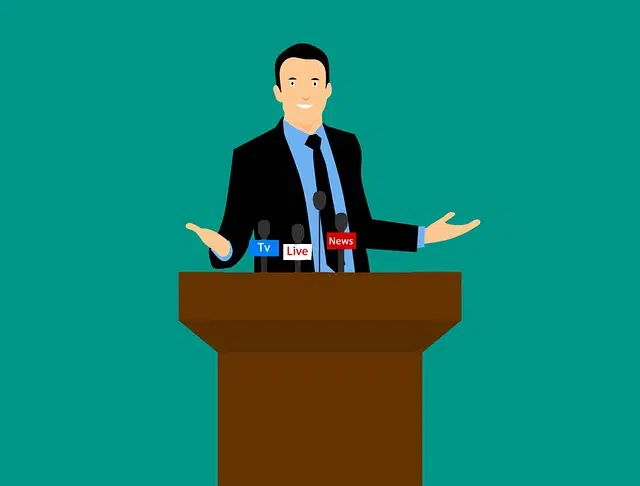
A textual quote reproduces an expression exactly.
In order to discover the meaning of the term textual quote, we are first going to know what the etymological origin of the two words that give it shape is:
-Cita is a term that derives from Latin. Specifically, it comes from the Latin verb "citare", which can be translated as "cite" or "impulse."
-Textual, on the other hand, also comes from Latin. In your case, it comes from "textualis" which means "just as it was said or written." It is a Latin word that is made up of two different parts: the noun "textus", which refers to the "set of words that give shape to a passage", and the suffix "-al", which is used to indicate "relating to."
What is a textual quote
The notion of appointment has several uses. In this case we are interested in its meaning as a mention or a note that serves as proof of something that is pointed out. Textual , on the other hand, is that which is typical of a text or in accordance with it.
A textual quote , therefore, consists of the exact reproduction of an expression , which is inserted into one's own speech . The main characteristic of the textual quote is that its original formulation is maintained, unlike what happens with paraphrase .
Reasons for its use
There are many reasons to be able to use one or more textual quotes. Thus, for example, they can be used to reinforce an idea, to start a debate, to mention the sources of a work, to expand a text, to clarify an idea...
That is, textual quotes are used to provide a reference context and as an additional source of data. It is also a mechanism for disseminating other authors. The way of including a textual quote obtained from a work protected by intellectual property rights is regulated by law to avoid plagiarism .
Thus, when a person includes a textual quote from another individual in their own text, they must mention exactly where they extracted the expression in question, including the name of the author, the publication from which they took the phrase and other information. In addition, there are limits that establish how many words can be cited without falling into a simple copy.
In newspapers, magazines and websites, it is common to include verbatim quotes from the protagonists of the news . As in this case the quotes usually come from public statements or own interviews, the ways of including them in the own text are variable and not so rigid. Generally what is cited is published between quotation marks or in italics ( italics ).

The media usually broadcast verbatim quotes of what was said at conferences or press conferences.
Types of in-text citation
In addition to all of the above, we can establish that there are several types of textual quotes such as the following:
-Short textual quote, which is one that is less than 40 words. It is introduced into the text with a double quotation mark.
-Long textual quote, which is one that has more than 40 words and is written without quotes and on a new line.
Not to mention that there are also the short textual quote with emphasis on the author, the short textual quote with emphasis on the year or the short textual quote with emphasis on the content.
How to cite
The most widespread standards for making a textual citation correctly and fairly with the author follow the APA style, an acronym that comes from the English American Psychological Association , which developed a standard that authors use when to submit their work to be published in their magazines.
According to the American Psychological Association, the development of this standard took place to facilitate reading comprehension in social and behavioral science documents, and so that communication becomes as clear as possible, without unnecessary elements that divert attention. of the main ones.
The APA style establishes the use of parentheses in the text itself, unlike others that rely on notes at the foot of the text or document. The citation must include information about the author and the date of publication. There are two fundamental ways to make a textual citation following the APA guidelines, each one focused on the aspect we want to emphasize.
One of the two options is to emphasize the author, something very common when the text we want to quote verbatim directly expresses his ideas or his position on a particular topic. The other is precisely to focus especially on the content, and in this case the author takes a backseat. It is worth mentioning that the APA contemplates both verbatim citation and paraphrase.
Omissions and cuts in a textual quote
When making a textual quote, it is possible to omit certain words or even entire phrases if they are not considered necessary to reflect the main ideas of the content ; If we make the decision to shorten the quote in this way, then we must replace the missing parts with ellipses. With respect to reference data, you must indicate the author's last name, the year in which the original text was published and, if it was a book or magazine, the page number on which it was found.
In a textual quote focused on the author whose length is less than 40 words, we can develop the following structure: Author's last name ( year ) states: " textual quote , with possible omissions expressed in the form of (...) " ( page number , with the format p . For example: Tanaka (2014) states: «This situation has always been like this, (...). I don't think things are going to change»(p.105).
